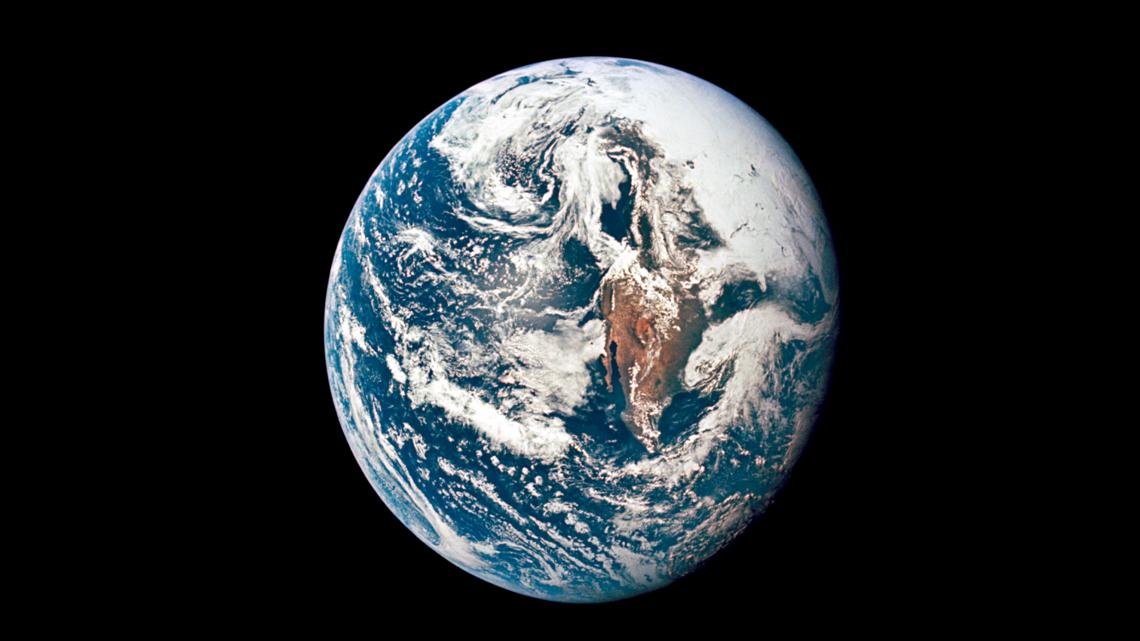aerospace
A 1972 Soviet Spacecraft Makes Its Fiery Return to Earth Tonight: What You Need to Know

WASHINGTON — A Soviet-era spacecraft, originally intended for a mission to Venus, is set to re-enter Earth’s atmosphere sometime Friday night or Saturday morning. This half-ton capsule, known as Kosmos-482, was launched in 1972 but never made it beyond Earth’s orbit due to a rocket malfunction.
Most components of the spacecraft re-entered and disintegrated within a decade. However, aerospace experts suggest that the spherical landing capsule, measuring about 3 feet in diameter, has orbited Earth in a highly elliptical path for the past 53 years, gradually losing altitude.
The European Space Agency estimates the re-entry will occur around 2 a.m. Eastern Time on Saturday, with a four-hour window allowing for a possible drop between 10 p.m. ET Friday and 6 a.m. ET Saturday. The Aerospace Corporation’s prediction aligns, forecasting a re-entry at 05:54 UTC (1:54 a.m. ET).
Due to the complexities of calculating orbital paths, pinpointing the capsule’s landing site remains impossible. Experts believe the parachute system could be compromised after over five decades in orbit. Nonetheless, the robust design of the Soviet-era capsule likely means the heat shield remains intact, crucial for surviving the intense conditions of re-entry.
Dutch scientist Marco Langbroek indicated that the capsule is expected to survive the heat from re-entry, designed to withstand Venus’s extreme temperatures. The odds favor a crash into water, as over 71% of Earth’s surface is covered by oceans and other bodies of water.
“While not without risk, we should not be overly concerned,” Langbroek stated. “The risk resembles that of a random meteorite fall, which occurs each year. You’re more likely to be struck by lightning in your lifetime.”
If intact, the capsule could impact at approximately 150 mph (242 kph). University of Colorado Boulder scientist Marcin Pilinski emphasized that the chances of the spacecraft hitting a populated area are “infinitesimally small.”
Under international law, any surviving wreckage will belong to Russia due to a United Nations treaty.
The Associated Press contributed to this report.




![Pickup truck fire near Smith-Enke Road and John Wayne Parkway. June 16, 2025. [Brian Petersheim Jr.]](https://arizonanews.org/wp-content/uploads/2025/06/Pickup-Truck-Ignites-in-Fiery-Blaze-at-Cobblestone-Fiesta-400x240.jpeg)
![Pickup truck fire near Smith-Enke Road and John Wayne Parkway. June 16, 2025. [Brian Petersheim Jr.]](https://arizonanews.org/wp-content/uploads/2025/06/Pickup-Truck-Ignites-in-Fiery-Blaze-at-Cobblestone-Fiesta-80x80.jpeg)












